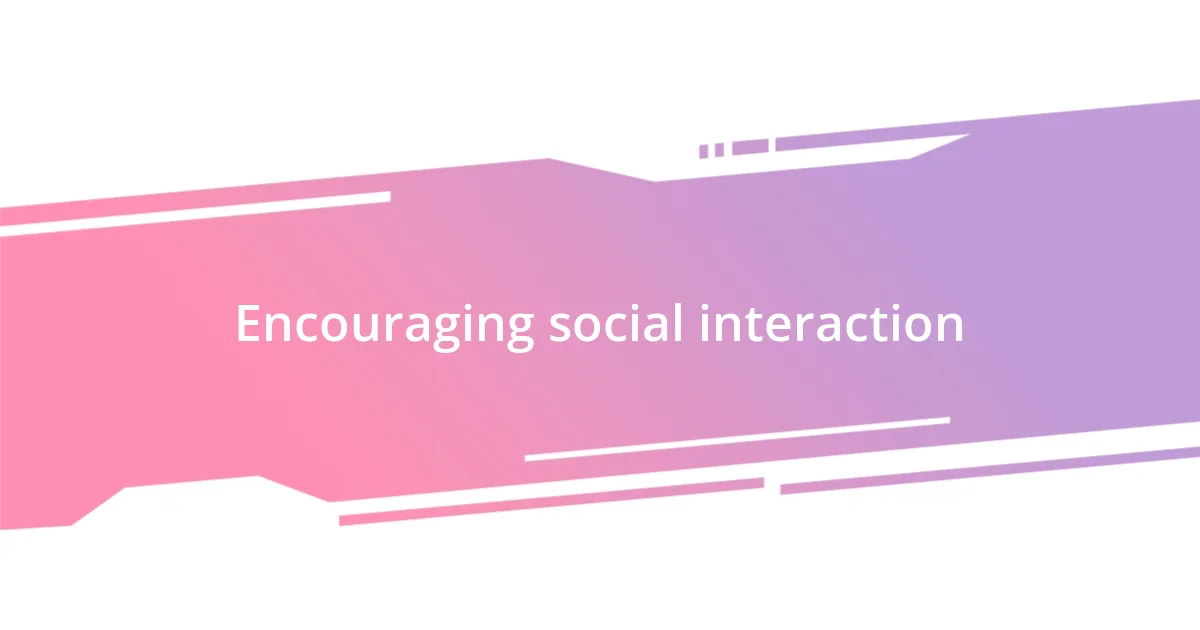Key takeaways:
- Creating a welcoming environment involves personal engagement, soft lighting, and fostering inclusion among players.
- A well-structured welcome guide with clear rules, FAQs, and contact info eases newcomers into the gaming experience.
- Ongoing support, mentorship programs, and regular feedback loops are crucial for nurturing a strong sense of community among players.

Creating a welcoming environment
When I think about creating a welcoming environment, I recall my first game night with a new gaming group. The host greeted me with a warm smile and enthusiastically introduced me to everyone. Isn’t it amazing how a simple acknowledgment can break the ice and foster a sense of belonging almost instantly? I’ve found that making an effort to remember names and take the time to engage in small talk can really set the tone for a friendly atmosphere.
Lighting also plays a crucial role in making space feel inviting. I once attended an event where the soft lighting turned an otherwise plain room into a cozy haven. It made me feel at ease and open to connecting with others. Have you ever walked into a brightly lit, sterile space and felt your mood plummet? I know I have; the ambiance is everything when it comes to welcoming newcomers.
Additionally, I believe it’s vital to encourage a culture of inclusion. During a recent meetup, I made it a point to invite the quieter attendees to share their thoughts. The look of surprise and gratitude on their faces was heartwarming. Can you imagine the insight that might go unheard if we only listen to the loudest voices in the room? I know that by actively involving everyone, we can create a dynamic and enriched environment where all players feel valued.

Developing a welcome guide
When I set out to develop a welcome guide for new players, I always think about clarity and accessibility. I recall the first time I received a welcome packet filled with jargon and confusing game rules—it felt overwhelming. To avoid that experience for others, I’ve found it essential to present information in a straightforward manner.
Here are some key elements to include in a welcome guide:
- Basic Rules Overview: A concise summary of essential rules—this helps newcomers ease into the game.
- Game Flow Explanation: What to expect in terms of gameplay and pacing; it takes the edge off any anxiety.
- Character Creation Tips: Simple guidelines or examples can make a big difference and demystify the process.
- Frequently Asked Questions: Anticipate newbie queries to show empathy and support.
- Contact Information: Make sure players know who to reach out to for help; it fosters a sense of community.
I remember when I created my first guide and included a section on “What to Do if You Feel Lost.” Sharing personal tips from my own fumbling experiences made it feel relatable. New players appreciated knowing they weren’t alone in their confusion. Ultimately, a well-structured welcome guide can be the key that unlocks a positive experience right from the start.

Organizing orientation sessions
When organizing orientation sessions, I often think about the balance between structure and warmth. During my early experiences, I remember being part of a first orientation where we jumped straight into the rules, and I felt lost. Now, I make it a point to start with relaxed introductions and icebreakers that get everyone talking. Have you ever noticed how a simple game or activity can turn nervous energy into excitement? It’s all about setting the atmosphere right.
In my experience, engaging presentations can really make a difference. I once watched a seasoned player present a game overview using visuals and storytelling, which captivated everyone’s attention. The buzz in the room became contagious, encouraging newcomers to ask questions freely. I find that using real-life examples or scenarios also helps in relating the rules to players’ experiences, making everything much more relatable and enjoyable.
To enhance these sessions further, I like to foster small groups where new players can interact more intimately with seasoned veterans. I remember chatting with a newbie during a breakout session; they expressed feelings of intimidation but left with fresh insights and newfound confidence. It made me realize how vital these smaller settings are for building connections. They not only empower newcomers but create an immediate support network.
| Session Element | Importance |
|---|---|
| Icebreaker Activities | Help to ease tension and promote conversation. |
| Visual Aids | Enhance understanding and retention of information. |
| Small Group Discussions | Foster personal connections and support networks. |

Encouraging social interaction
When it comes to encouraging social interaction among new players, I’ve learned that shared experiences can be a game-changer. I recall a time when I attended a game night where we were paired off randomly for a cooperative challenge. It forced me out of my comfort zone and, surprisingly, led to a fantastic conversation with someone I would have never approached otherwise. Have you ever felt a similar spark of connection when working side by side with someone else? It’s powerful how teamwork can break down barriers and create lasting friendships.
Additionally, I love using thematic events or themed nights to spark interaction. Once, we hosted a “retro night” where everyone dressed like characters from classic games. The atmosphere was electric! As we traded stories about our favorite old-school titles, the ice melted effortlessly. This shared theme created not just a bond but a sense of belonging as players reminisced about their experiences. It’s interesting to see how a common interest can turn strangers into friends almost instantaneously.
To really amplify these interactions, I sometimes encourage players to join together in mixed skill-level teams for activities. I vividly remember when we combined newbies and veterans for a mini-tournament. It was heartwarming to witness veterans guiding the newcomers, fostering mentorship and camaraderie. These moments remind me of the sense of community we’re building—one that’s inclusive and supportive. Don’t you think it’s crucial for everyone to feel welcomed and valued?

Providing ongoing support
Providing ongoing support is key to nurturing new players in any group. After orientation, I’ve found that regular check-ins help newcomers feel valued and heard. I remember starting a new game with a small group and occasionally receiving a quick text or message from a veteran asking how I was enjoying it. It felt great to know someone cared enough to reach out. Have you experienced the difference a simple message can make in feeling like part of a community?
Moreover, creating structured follow-up sessions allows for deeper connections to grow. I can still picture a monthly coffee chat we had where players shared experiences and challenges they faced in the game. It wasn’t just about discussing mechanics; it became a safe space for expressing feelings and building confidence. Isn’t it reassuring to share your victories and setbacks with others who understand?
Lastly, I often advocate for mentorship programs, pairing new players with experienced ones. Once, a newbie I paired with a mentor flourished remarkably over a few weeks. Their bond blossomed, building skills and friendship simultaneously. I believe having that guiding presence is transformative—don’t you think everyone deserves someone to lean on as they learn and grow?

Gathering feedback for improvement
Gathering feedback is an invaluable tool for improvement, and I’ve found that creating open channels for communication can spark incredible insights. I often use anonymous surveys to gauge the experiences of new players. Once, after a game night, I sent out a simple feedback form, and to my surprise, the responses not only highlighted areas for improvement but also celebrated moments of fun and connection. Doesn’t it feel great to hear what others truly think?
In addition to surveys, I’ve started hosting feedback sessions where players can come together to share their thoughts in person. I remember one meeting where a newcomer expressed feeling overwhelmed by rules. This prompted a discussion about simplifying our onboarding process. It’s amazing how just a few honest conversations can lead to significant changes, isn’t it?
Lastly, I believe in the power of informal check-ins to gather feedback continuously. During casual hangouts, I often ask players how they’re feeling about their experiences. It’s always enlightening to hear their perspectives, like the time one player suggested game-themed icebreakers to warm up newcomers. This small idea transformed our next event into something memorable. How often do you think we miss gems of wisdom simply because we don’t ask?














